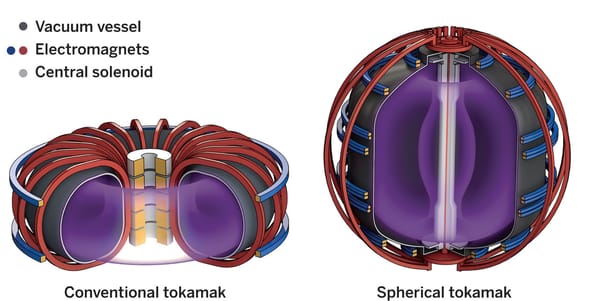Coronavirus vaccine candidate shows 90% efficacy
Science Editor Julia Dabrowska reports on the results of the BioNTech/Pfizer vaccine trials, the first candidate vaccine in the fight against COVID-19
The news we’ve all been waiting for - the announcement that the first coronavirus vaccine candidate has shown 90% efficacy in the preliminary results of Phase III trials - was joyously welcomed around the world this week.
The vaccine, developed collaboratively by German biotech company BioNTech and the giant US pharma company Pfizer, utilises messenger RNA (mRNA) to stimulate the recipient’s immune system. mRNA vaccines introduce genetic instructions into the body to drive the individual’s cells to produce antigens (in this case, the coronavirus spike protein) and generate an immune response.
What’s more, this vaccine not only seems to work, but does so better than expected. In the study of 43,538 trial participants, only 94 cases of COVID-19 occurred. It was not revealed how many of those cases were in the placebo group or those receiving the vaccine, however the split of patients between the groups suggested that the vaccine was more than 90% effective at preventing COVID-19 infection. For reference, the FDA has stated that they will only be willing to approve vaccines that show over 50% success in clinical trials – with this week’s results being a whopping 40% higher than this.
While the results are only partial and have not yet been published in a peer-reviewed journal, experts and scientists around the world have expressed cautious hope in response to Monday’s announcement. Imperial’s Professor Robin Shattock, who is heading development of another mRNA vaccine, said it was “not yet the endgame, but hopefully the beginning of global efforts to control this pandemic. A breakthrough for Pfizer/BioNTech, but also for vaccines in general.”
However, the Pfizer/BioNTech vaccine has a slight disadvantage in comparison to other frontrunners (such as the Oxford/AstraZeneca vaccine) in that it must be stored in special freezers, at temperatures of -80C. Low-income countries typically do not own many of these, although efforts by the United Nationals are already underway to combat this issue. In comparison, the Oxford/AstraZeneca vaccine can be held at more ‘normal’ temperatures – around –4C.
In terms of more practical information, despite the results being optimistic for the future, they do not yet mean the pandemic is over. It is possible that the first doses will be administered before the end of the year to care home residents and/or healthcare workers – the NHS is preparing for a rollout in December - but widespread vaccination is unlikely to occur before spring 2021. A key reason for this is the problem associated with immediate manufacture and supply around the world - another incentive for the development of other, competitor vaccines to continue (in addition to possible alternative candidate vaccines being more efficient).
Nonetheless, it appears that Monday’s news is a beacon of hope. Since one vaccine has shown high efficacy, it signals that there is also hope for other vaccines to perform similarly. With further hard work and intensive research conducted by scientists around the world, the pandemic may be over sooner than our worst fears had predicted.





